La Sportiva VK BOA
Test Locations: Gunnison — Crested Butte, Fruita, & Carbondale, Colorado
Test Duration: 80 miles
Stated Stack Height: 16 mm (heel) / 12 mm (forefoot)
Stated Heel-to-Toe Drop: 4 mm
Stated Features:
- Lightest Mountain Running shoe on the market
- BOA Fit System
- Multi-zone knitted, seamless upper provides a precise fit
Reviewer: 6’2″, 160 lbs / 188 cm, 70 kg
Size Tested: US Men’s 11.5
Stated Weight per Shoe (US Men’s Size 9): 180 g / 6.3 oz
Blister Measured Weight (US Men’s 11.5, no removable insoles):
- Left: 212 g / 7.5 oz
- Right: 210 g / 7.4 oz
MSRP: $130
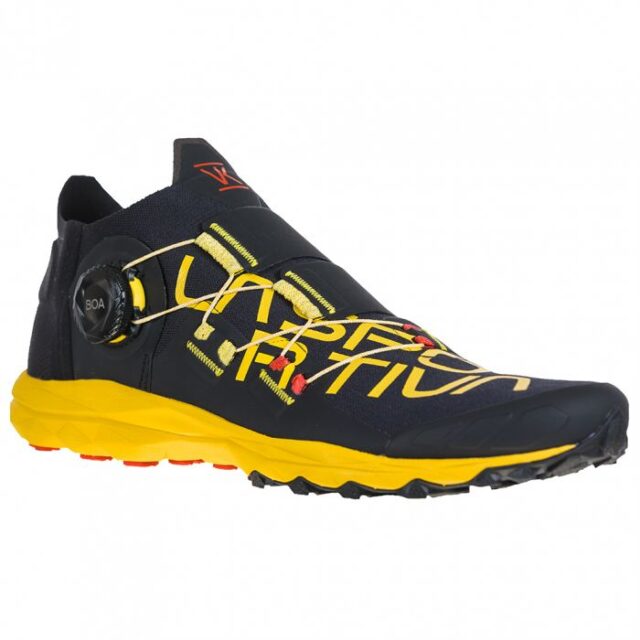
Intro
The La Sportiva VK BOA is an ultralight, fairly minimalist running shoe that incorporates BOA lacing technology and is designed for shorter, mountainous runs with a lot of climbing.
Despite that seemingly niche description, I’ve actually found them to be a good shoe for a variety of off road situations. La Sportiva designed the VK BOA to be a shoe to wear in short races that climb a tremendous amount of elevation, but that was not the only reason I was interested in them. The VK BOA fits into a category of shoes that offer more protection than a barefoot inspired running shoe, but with more ground feel and a lower stack height than the many high-cushion shoes that seem popular today. Along with the VK BOA’s full rock plate and stiff midsole, I was very curious to see how well this shoe would handle running outside of La Sportiva’s specific intent. All of that being said, I do live at the bottom of a steep valley surrounded by mountains where there is nowhere to go but up, so I had plenty of training ground to see what the VK BOA could do.
Fit
While the only way to know how a shoe will fit your particular foot-shape is to go try it on, I’ll provide some general context on my experience with the VK BOA’s fit. For reference, my foot is not particularly wide or narrow, the height of my arches is fairly average (neither high nor low), and I tend to enjoy shoes with a wider toe box.
In general, La Sportiva running shoes tend to run on the small side by a half to a full size. In the VK BOA, I ended up testing a US Men’s 11.5 — in most other brands I wear a US Men’s 10-10.5. So if you’re on the fence about which size to get, I’d definitely recommend erring on the larger side for the VK BOA.
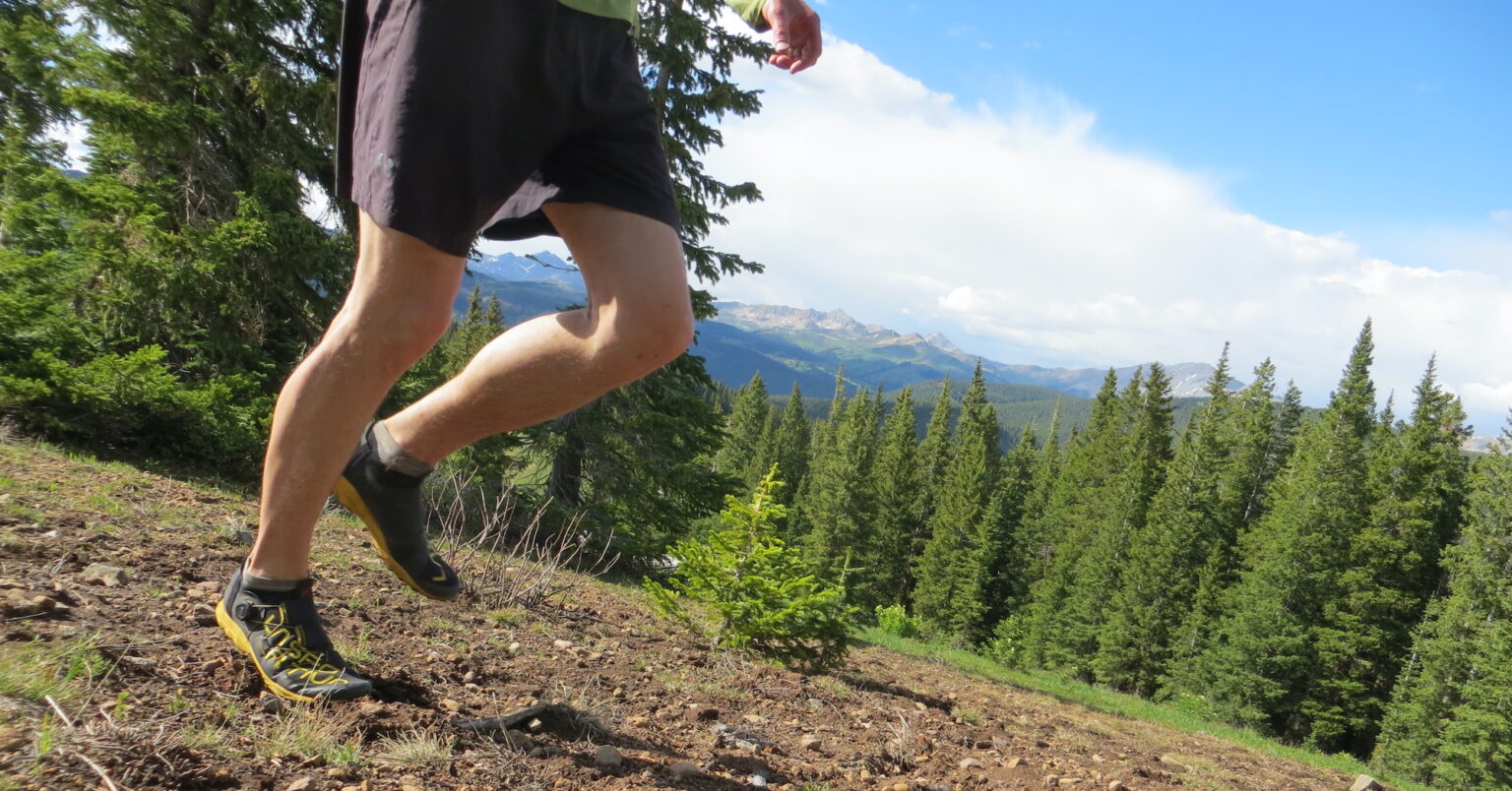
That aside, the VK BOA’s single sheet of stretchy (mostly lycra-like) fabric, combined with the BOA lacing system, provides a consistently snug fit from below the ankle to behind the ball of the foot. I do find that I have to tighten the BOA dial, run 100 yards or so, and tighten it again after the laces have settled into a uniform tension. But once I do that, the fit stays comfortable and secure for the duration of my runs.
The VK BOA doesn’t have a particularly wide forefoot like you’d find in the La Sportiva Jackal, but it also isn’t as constricting as the Hoka One One Challenger ATR 6. Based on my experience, I think that most folks with a narrow to average-width foot would be comfortable in the VK BOA. Because of the construction of the “tongue-less,” sock-like upper, I think runners with particularly wide feet could have trouble with easily getting the shoe on and off — the opening does feel pretty tight, even for my fairly average-width feet.
Weight
The La Sportiva VK BOA is on the lighter end of minimally cushioned trail running shoes. La Sportiva even goes so far as to say that it’s the “lightest Mountain Running shoe on the market.” For a more direct comparison, here’s how the VK BOA’s weight compares to some similar shoes from other brands — most of the shoes listed below have stated stack heights ranging from 8-20 mm and heel-to-toe drops of roughly 0-6 mm. As always, stated weights are based on a US Men’s Size 9:
170 g / 6.0 oz — Arc’teryx Norvan SL 2
180 g / 6.3 oz — La Sportiva VK BOA
195 g / 6.8 oz — Salomon S/Lab Sense 8
204 g / 7.2 oz — Hoka One One Evo Jawz
210 g / 7.4 oz — New Balance 10v1 Minimus
218 g / 7.7 oz — La Sportiva Helios III
230 g / 8.1 oz — Salomon S/Lab Cross 2
251 g / 8.8 oz — Altra Superior 5
260 g / 9 oz — La Sportiva Kaptiva
272 g / 9.5 oz — Xero Terraflex
As you’d expect from a 180 g / 6.3 oz shoe, the La Sportiva VK BOA feels very light on the trail. Because the VK BOA also fits securely while still maintaining enough cushion to protect my feet, I would personally use it for runs of any length — especially longer runs (10+ miles) where I don’t want to wear a heavy shoe that feels like it’s weighing me down the whole time. I also think the VK BOA would make a good racing shoe for exactly the same reasons. Of course, this is very subjective — everyone has their own preferences regarding the amount of cushioning they prefer for various runs.
As I mentioned above, La Sportiva calls the VK BOA the “lightest mountain running shoe on the market”. La Sportiva has the term “Mountain Running” copyrighted, so they might just mean that the VK BOA is their lightest mountain running shoe — but it is worth noting that the Arc’teryx Norvan SL 2 is apparently 10 grams lighter. Still, regardless of whether Sportiva’s claim is true or not, you can’t argue with the fact that the VK BOA is a very light shoe.
Upper
The VK BOA’s upper consists of a single sheet of slightly stretchy material, a design that La Sportiva calls “sock-like” — presumably because they don’t have a tongue and just slip on, much like a sock.
This upper breathes pretty well, though not as well as Xero’s Mesa Trail. The lycra material used in the VK BOA could make it less ideal in a very hot climate, but at least in the Colorado high country, I haven’t had any issues with my feet overheating. VK BOA’s upper also seems durable and shows no signs of wear and tear thus far.
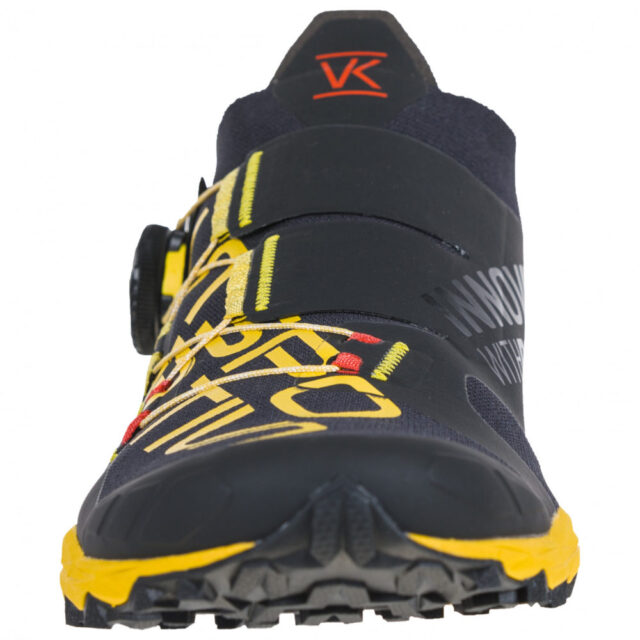
Midsole
With a stated stack height of 16 mm in the heel and 12 mm in the toe, the VK BOA falls into the category of “minimal” cushioning — more than a barefoot-inspired shoe like the Xero Mesa Trail, but much less cushioning than something like the Altra Timp 3.0 or Hoka One One Challenger ATR 6.
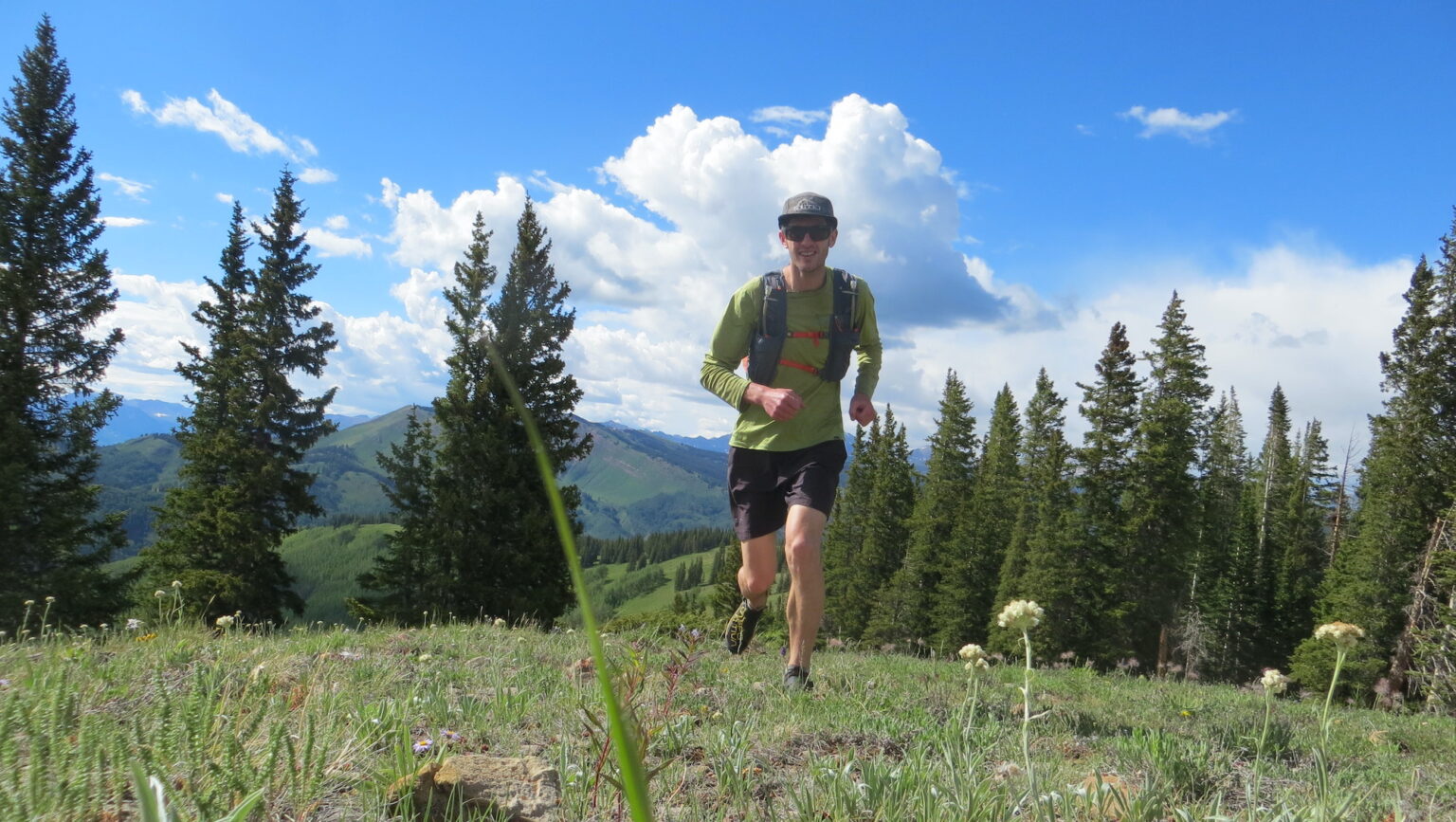
Outsole
The VK BOA’s outsole contains a mix of various rubber compounds, exposed midsole foam, and a clear plastic rock plate. The forefoot uses a black, tacky rubber that is comparable to some of the grippier shoes I have run in. It is at least as tacky as my old Altra Superior 4s and much more so than the Hoka One One Challenger ATR 6 GTX.They handle exceptionally well on technical terrain, even in wet conditions. For reference, the rubber compound in the forefoot is La Sportiva’s FriXion White (aka, FriXion XF 2.0), which is the brand’s grippiest compound for running shoes. It also has moderate-sized chevron lugs that are large enough to dig into soft surfaces. Exposed between the lugs are bits of the hard plastic rock plate, which, other than just looking cool, I suppose also helps keep the weight down. I don’t think the gaps in the rubber detract from traction at all.
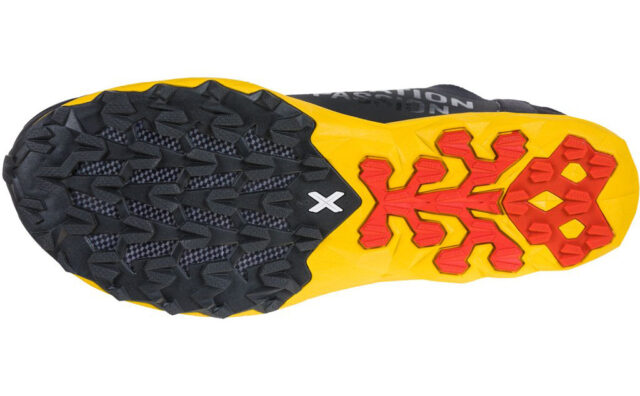
On Trail
I’ll start off by saying that I really like this shoe. It works well with my feet and my preferences (low weight, not a ton of cushioning, lots of grip), and I’ve generally been surprised by how versatile this seemingly niche shoe has proved to be.
The VK BOA has a nice, tight fit throughout, without feeling cramped on my feet. The fit forms to the shape of my foot, which definitely enhances the shoe’s precise, secure feel in technical terrain. Because of its low weight, the VK BOA is a joy to run in uphill (if you’re into that sort of thing), while the aggressive outsole provides the reliable traction that I need to run fast on technical descents.
Even after longer runs (in the 2-4 hour range), my feet don’t feel excessively tired or painful (at least no more than usual). The stiff cushioning of the midsole took a bit to get used to, but after a brief break-in period, the VK BOA was very comfortable on my foot. As previously mentioned, it also breathes well — maybe not as well as the Xero Mesa Trail, but at least as well as the Altra Superior.
I tested the VK BOA on a variety of terrain, from the desert to the mountains, hot and cold, wet and dry, on smooth trails and rocky ridges. And for my preferences, it seems to handle everything pretty well. We had a particularly wet June in the Gunnison Valley this summer, and the VK BOA performed great in muddy conditions. Its aggressive tread under the forefoot is awesome for traction in sloppier conditions, especially for a shoe that’s not specifically designed for mud. I did find that, when we were still getting freezing temps in the mornings, my toes did get a little cold on morning runs in this shoe.
The only place I don’t like the VK BOA is on any kind of road. If you have a lot of road running to access your trails, something like the Hoka One One Challenger ATR 6 or La Sportiva Jackal (really, anything with a bit more cushioning) could be better options. The VK BOA can feel harsh on flat, firm surfaces. And while I think the VK BOA performs just fine on trails with less elevation gain / loss, there are other running shoes out there that might be better. In particular, I think the Xero Mesa Trail makes for a great desert running shoe if you want to stay in the minimalist category, as well as the Altra Superior.
Durability
So far I have no complaints about the durability of the VK BOA. Its upper and outsole show few signs of wear and tear, and the midsole doesn’t feel like it has compressed more than I’d expect. I was worried that sand in the BOA dial would wear it down or cause it to jam, but I haven’t had any issues with that so far. The thin laces also seem to be holding up just fine.
Who’s It For?
As I said above, I think the VK BOA would make a great racing shoe for a variety of trail (and off-trail) environments, and definitely more than just the short, vertical-gain-oriented races it was designed for.
That said, I think that running in the VK BOA over longer distances would almost certainly require a forefoot-striking gait, and a preference (or at least familiarity) with low-cushion shoes. If you are prone to heel-striking and / or have just found low-stack shoes to be painful, you should consider something with more cushion and likely a slightly higher heel-to-toe drop, such as the Hoka One One Challenger ATR 6 or La Sportiva Jackal.
If you live somewhere where the trails climb up from the trailhead — and especially if you can do your running pretty much exclusively on trails (and not roads) — then the VK BOA could be worth checking out. Its low weight makes it a great choice for runs and races involving a lot of elevation gain (and loss), and for longer-distance races if you’re someone who values low weight over cushioning during long runs. Personally, I’m not a huge fan of the look, so the VK BOA is not a shoe that I would wear around town casually, but that’s just me.
Bottom Line
The La Sportiva VK BOA isn’t your standard, everyday running shoe — but if you do most of your running exclusively on trails, especially technical trails with a lot of ups and downs, the VK BOA could actually be a very good option. It doesn’t offer a lot of cushioning, but the cushioning it does have has provided ample protection from rocks and the repeated impacts of long runs. At the same time, it still provides the extremely light and nimble feel you’d expect from a more minimalist shoe. As someone who prefers a lighter, more minimal shoe, this combo has made it a favorite of mine for both short, fast runs in techy terrain and longer ones. The BOA lacing system is convenient, quick, and makes on-trail adjustments very easy, and the outsole is very grippy and reliable when you really need it. So if you’re looking for a light-weight, snug-fitting running shoe that handles well on a surprisingly wide variety of terrain, I would definitely recommend checking out the La Sportiva VK BOA.

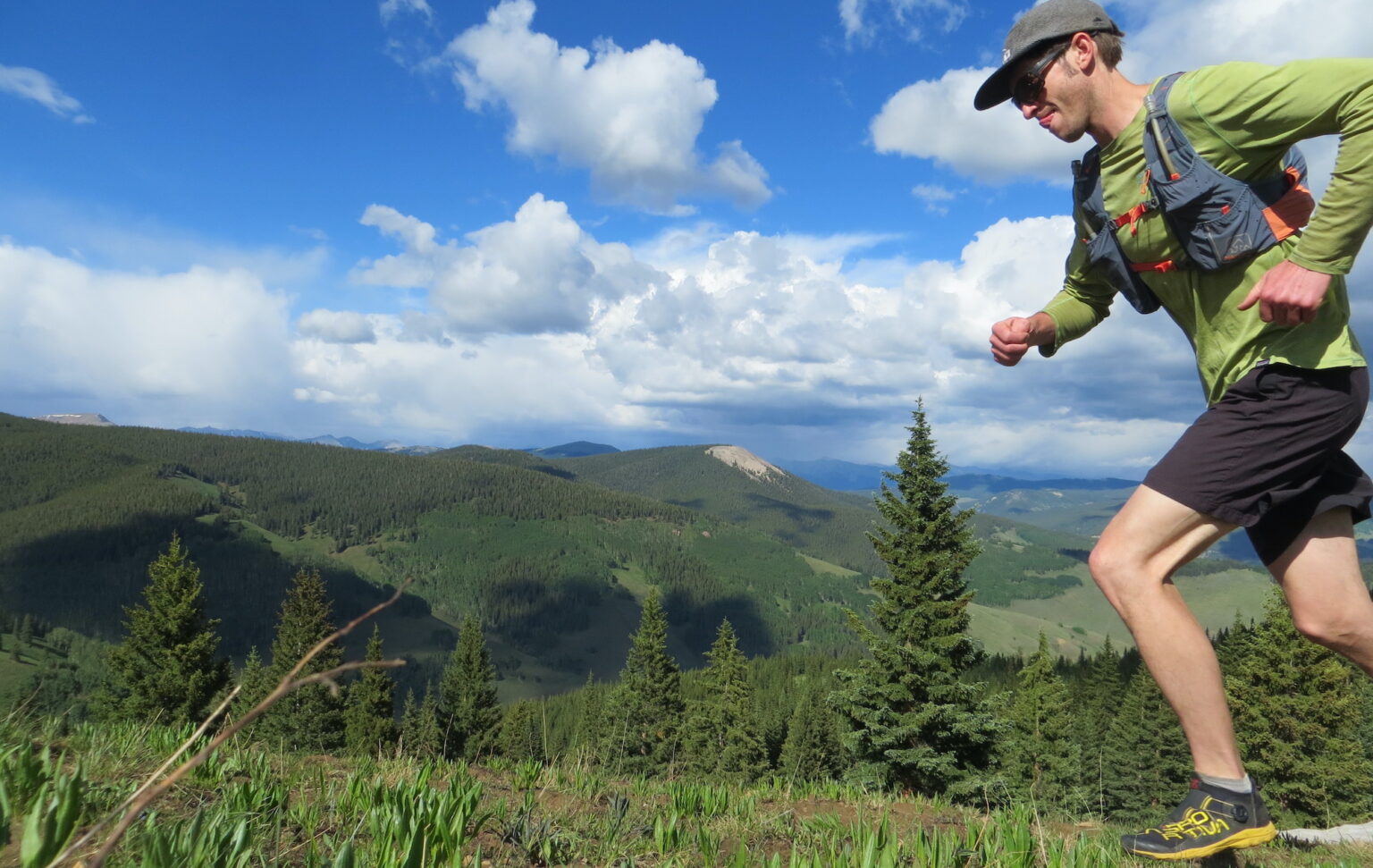

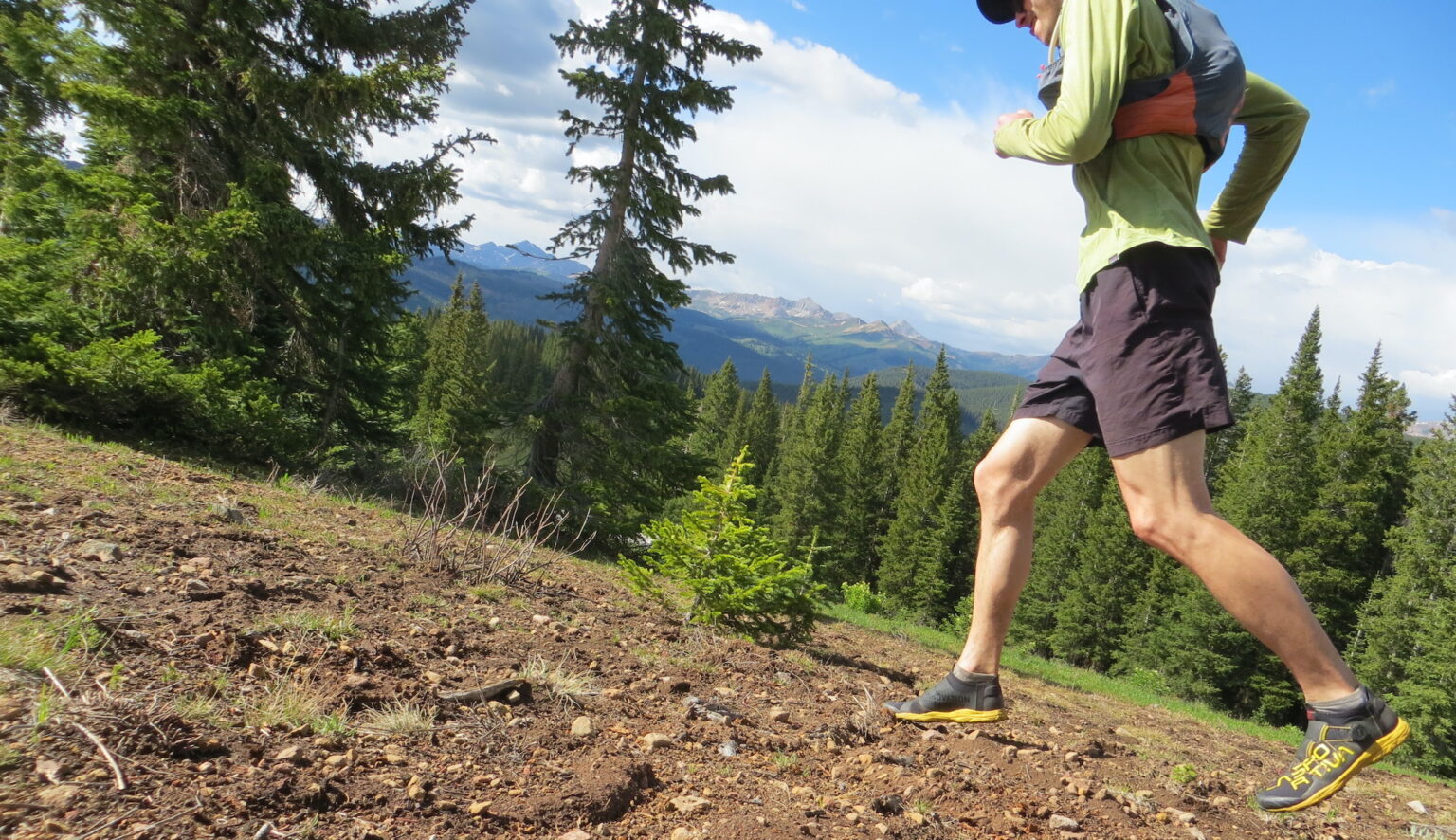


Just a comment on La Sportiva sizing. The issue is their conversion from European to American sizing, which they basically just get wrong. I’m going off memory, so my exact numbers may be wrong, but basically if every other shoe company has a 46.5 in Europe, they’d call that a US 11.5. But La Sportiva would call their 45.5 a US 11.5.
If you go by Euro sizes between brands La Sportiva should be similar. If you go by the US sizes, you’re going to want to size up; likely a full size.